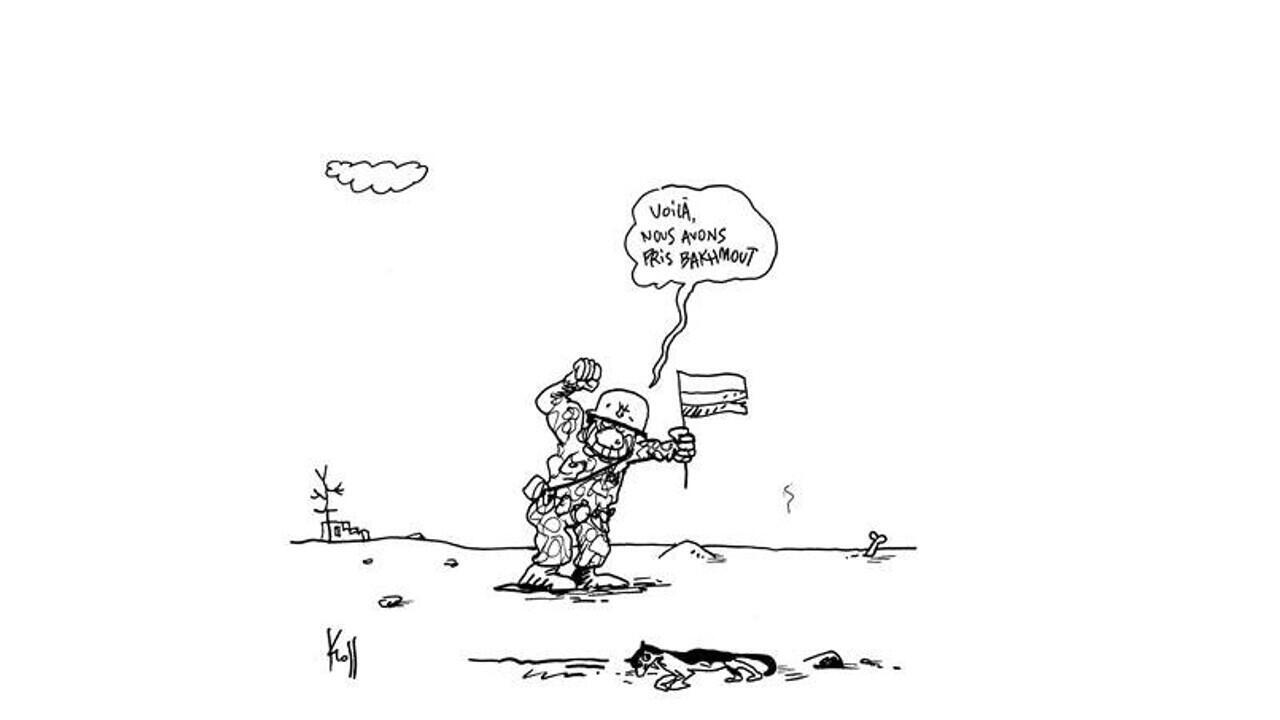After Verdun and Stalingrad, it is now to Hiroshima that the city of Bakhmut, in eastern Ukraine, is compared. "I can honestly say that the photos of destroyed Hiroshima remind me of Bakhmut. There is absolutely nothing alive anymore, all the buildings are destroyed [...] absolute and total destruction," Ukrainian President Volodymyr Zelensky said Sunday (May 21st) at a press conference on the sidelines of the G7 summit.
Since the spring of 2022, this city of 70,000 inhabitants in Donbass has been the scene of the most violent clashes of the war in Ukraine. Over the weeks, it has thus become the symbolic cursor of the evolution of the front, the city not to be lost.
On Saturday, May 20, its capture was claimed by the leader of the Russian paramilitary group Wagner. On Thursday, it said it had begun to cede its positions to the regular Russian army. For his part, the Ukrainian president continues to deny the loss of Bakhmut, while his army has claimed to control an "insignificant" pocket and carry out offensives on the Russian flanks.
See also After ten months of fierce fighting, what epilogue for the Battle of Bakhmut?
These latest events inspired the Belgian cartoonist Kroll. Born in 1958 in Congo, he is now the official cartoonist of the Belgian daily "Le Soir" and the weekly "Ciné-Télé-Revue", he also draws live every Wednesday evening on the RTBF in the program "À votre avis", the weekly political debate.
Cartooning for Peace is an international network of cartoonists committed to promoting, through the universality of press cartoons, freedom of expression, human rights and mutual respect between populations of different cultures or beliefs.
With AFP
The summary of the week France 24 invites you to look back on the news that marked the week
I subscribe
Take international news with you everywhere! Download the France 24 app

